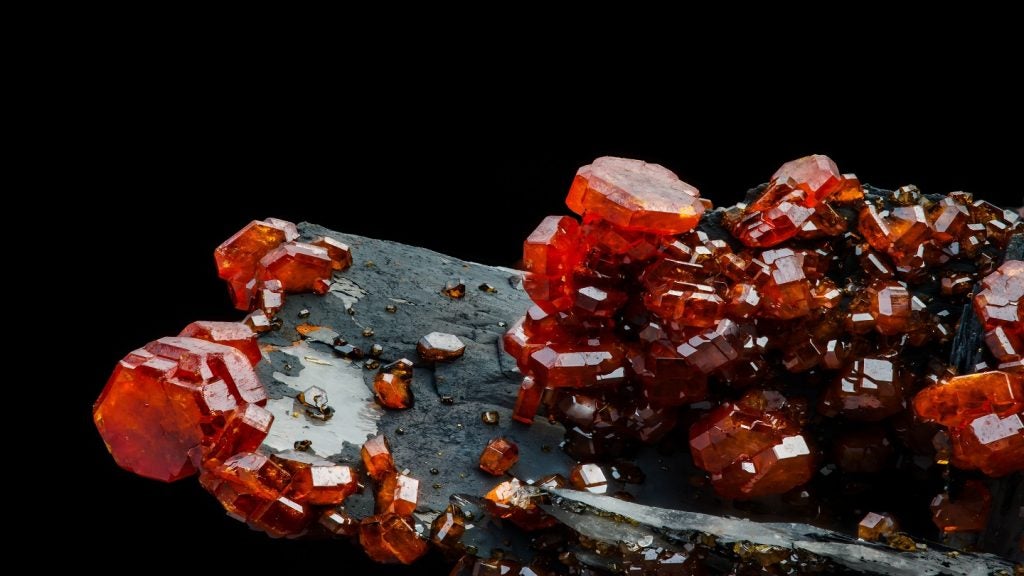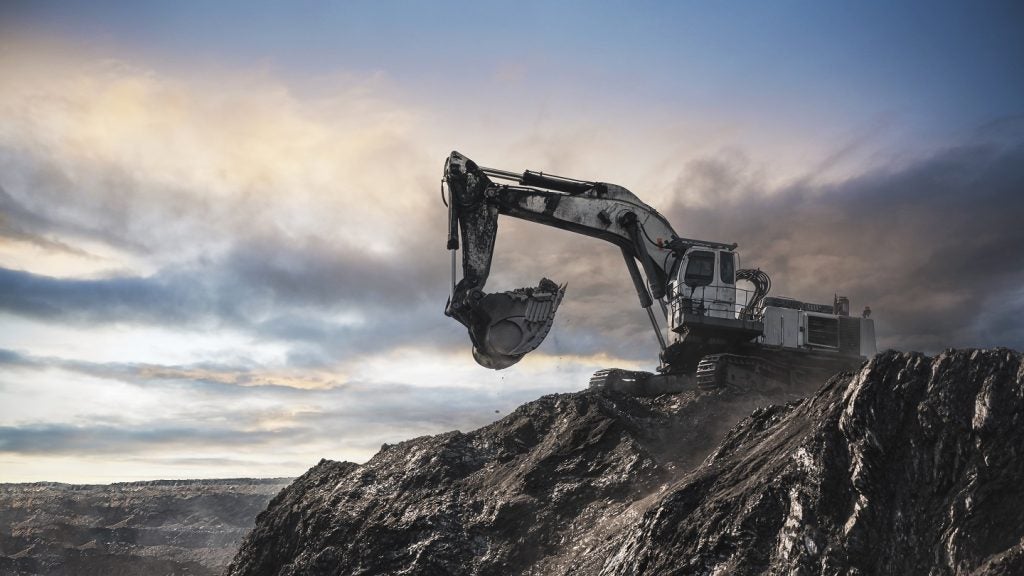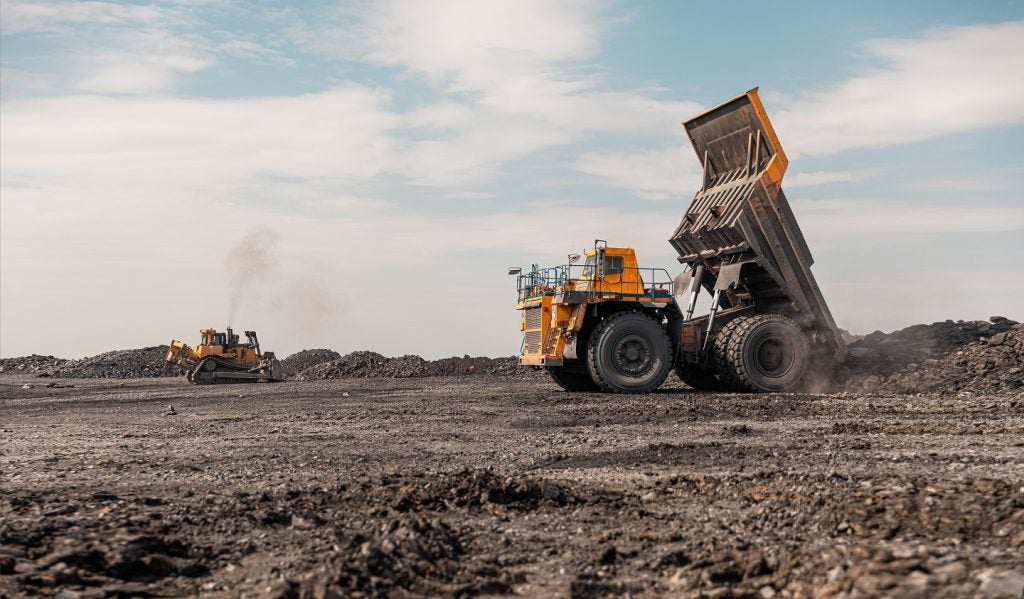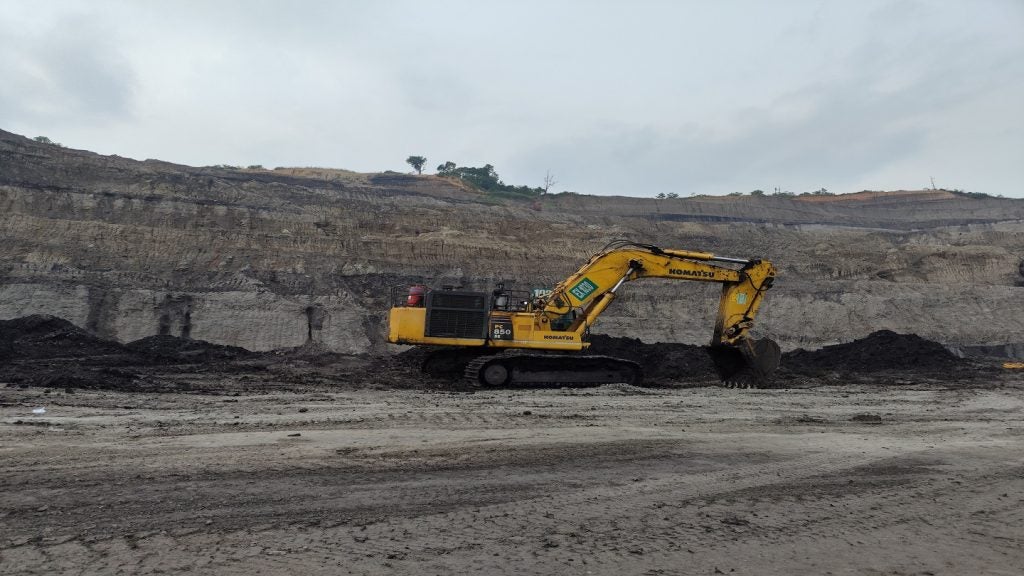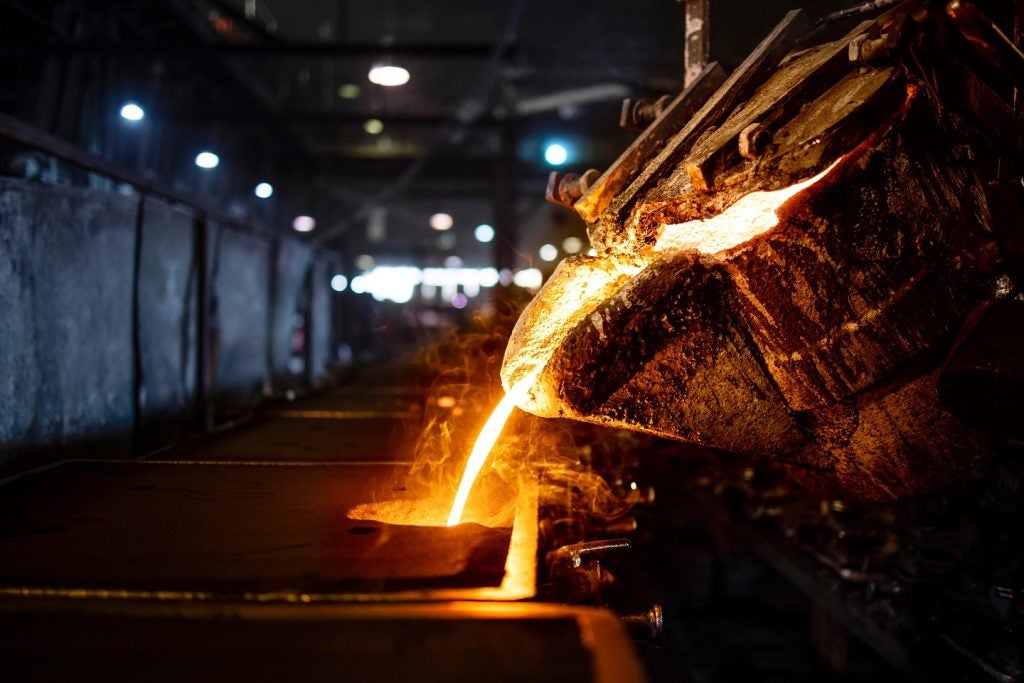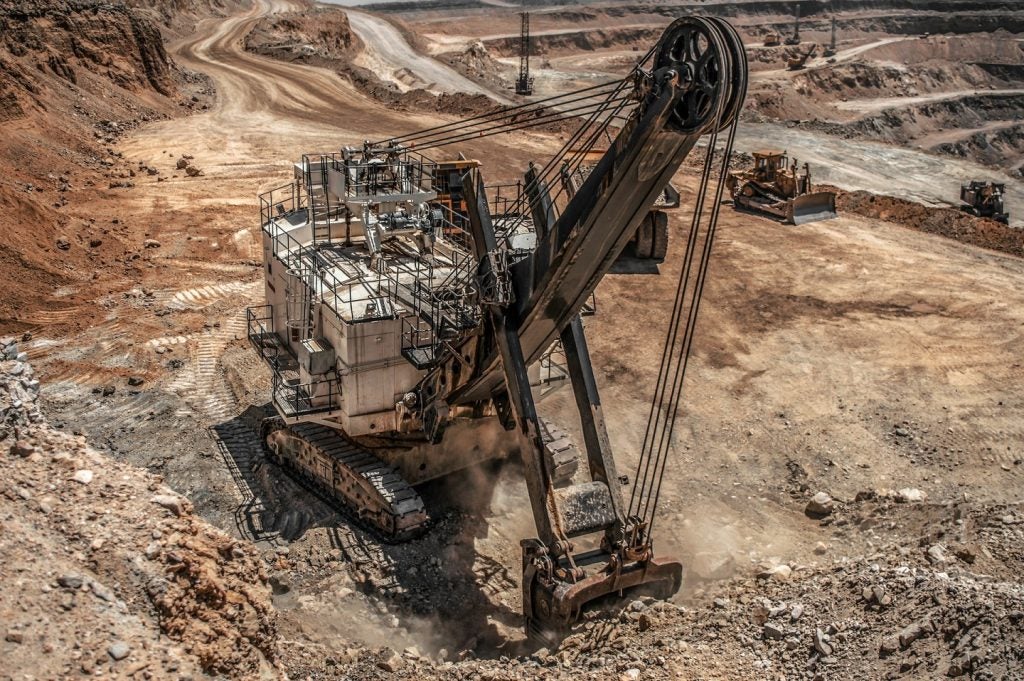Viking Mines has produced V2O5 flake for the first time at its Canegrass Battery Minerals Project in Western Australia's Murchison Region.
The production of V2O5 flake was part of the Stage 2 metallurgical test work on samples from the Fold Nose deposit.
Viking Mines has highlighted the success of the test work, which involved processing samples from drilling programmes to produce the V2O5 flake.
The company has completed bulk roasting test work on concentrate, which was then leached to produce a vanadium-rich solution.
It has also started further test work on the remaining magnetic concentrate sample to refine and optimise the process. The aim is to produce high-purity electrolyte and V2O5 flake.
In addition to the current achievements, Viking Mines has initiated Stage 3 test work.
This stage will focus on producing a larger sample of magnetic concentrate and the associated non-magnetic tail, weighing more than 80kg.
The magnetic concentrate will be subject to specific tests to separate iron from titanium, while the non-magnetic concentrate will undergo a sulphide flotation process to produce a copper, nickel, cobalt sulphide concentrate.
The successful separation of these elements could significantly enhance the potential cash flow generation of the Canegrass Project.
With potential revenue streams from V2O5, iron, titanium dioxide, copper, nickel and cobalt, the project's economic prospects are promising.
Viking Mines managing director and CEO Julian Woodcock said: “I am extremely pleased with the progress made and the production of V2O5 flake confirms the proof of concept for the production of highly valuable Vanadium from the Canegrass Project.
“On advice received from our metallurgical consultants, we are refining the test plans with the knowledge obtained through the testwork completed so far, to produce both a high-purity electrolyte and high-quality flake product targeting >99% purity V2O5, which attracts a premium price.
“In parallel we have commenced our Stage 3 testwork, which is designed to produce concentrates of Cu, Ni, Co & Ti using various processing methods on both the magnetic concentrate and non-magnetic tail.”


